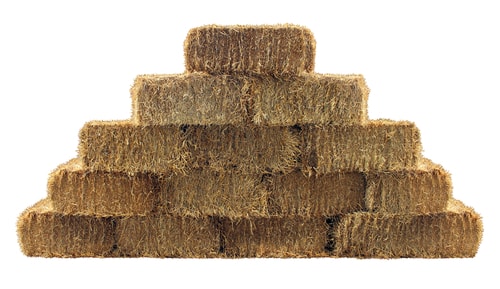Application deadline is June 15, 2015
By Diego Flammini, Farms.com
Hay producers in Colorado looking to market their products on a larger scale can do so in the 2015 Colorado Hay Directory.
The 29th annual edition of the publication is a great way for buyers and sellers of hay to gather their resources in one spot.
“The Colorado Hay Directory continues to be a popular publication,” said Wendy White, marketing specialist for the Colorado Department of Agriculture. “It is a vital resource for Colorado hay producers and hay buyers from around the state and nation.”

Each listing will include some, if not all the following:
- Type and amount of hay available
- Bale size and type
- f laboratory analysis is available
- Certified weed free status
- Organic hay
Interested parties will be required to pay a $25 listing fee and the deadline is June 15, 2015.
In 2013, Colorado produced 1.89 million tons of alfalfa hay from the 650,000 acres they harvested.
All other hay equalled 1.06 million tons from 660,000 harvested acres.
While hay producers in Colorado are gearing up sell their hay, a farmer in California is trying to salvage what’s left of theirs.
A dairy farmer in California’s Tulare County is estimated to have lost approximately $200,000 in a fire that destroyed 500 tons of hay and 500 tons of silage.
Firefighters began battling the blaze Tuesday evening and could be doing so for the next week.
California produced approximately 6.1 million tons of hay from 900,000 harvested acres.
Join the conversation and tell us if you’ll list your hay in the Colorado Hay Directory or if you plan on purchasing any.